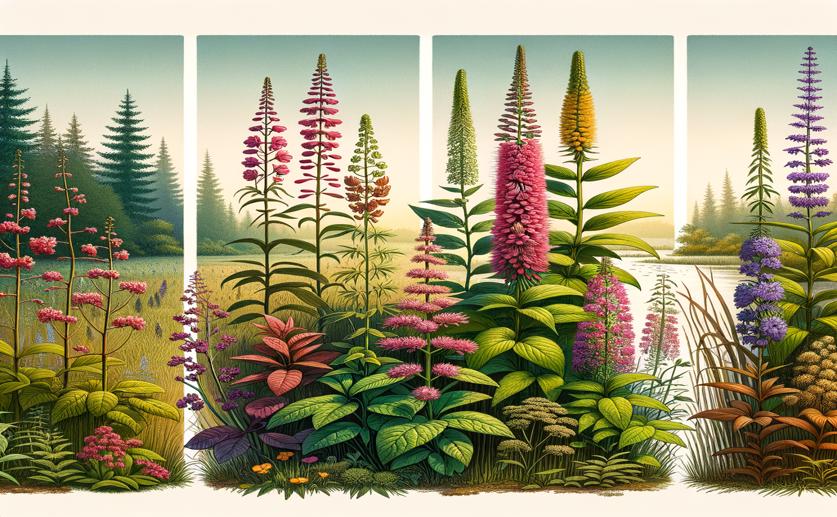
Variation in Shape and Chemistry of Bugleweed in Different Habitats
Jenn Hoskins
16th May, 2024

Image Source: Natural Science News, 2024
Key Findings
- The study, conducted in Markazi province, Iran, found significant diversity in the morphological and biochemical traits of Ajuga chamaecistus
- This diversity is crucial for identifying the most potent strains for medicinal use and for effective conservation strategies
- The Robat-Mil region showed the highest values in both morphological characteristics and biochemical properties, making it ideal for future breeding and conservation efforts
EnvironmentBiochemPlant Science
References
Main Study
1) Morphological and biochemical variation of Ajuga chamaecistus Ging. ex Benth. in different habitats of Markazi province in the center of Iran
Published 15th May, 2024
https://doi.org/10.1186/s12870-024-05125-1
Related Studies
2) Population genetic structure and trait associations in forest savory using molecular, morphological and phytochemical markers.



 21st January, 2024 | Greg Howard
21st January, 2024 | Greg Howard